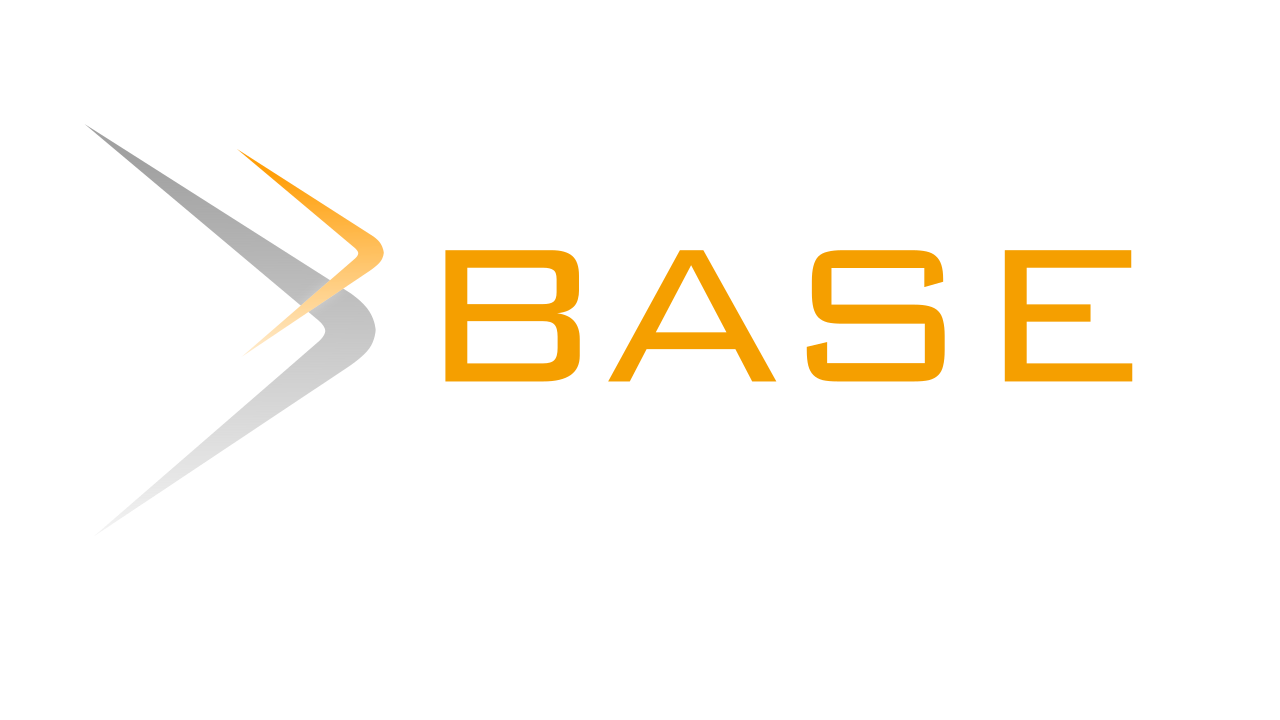
The living Corpus. New design developments of historical Alpine architecture
Abstract
The Corpus of historical architecture – built by traditional societies in the Alps be-tween the great settlement phase of the twelfth-thirteenth century and the break caused by twentieth-century modernization – represents one of the main references when addressing the topic of building in the mountains.
It is recognized as having authority. It is to it that we appeal – from the nineteenth-century Swiss-German treatises, through Adolf Loos and Giuseppe Pagano, to contemporary designers – to legitimize theories or to support collective images on building in the mountains.
The Corpus of historical Alpine architecture, however, consists not only of the materiality of the buildings and infrastructures, but above all of the dense layering of exegesis and interpretations. The essay highlights how in recent years, however, it seems to be set in motion again through actions of a different nature: on the one hand, the weakening of a patrimonial paradigm that only placed the recognition of historical values and the conservation-enhancement of heritage at the center; on the other hand, the emergence of an unprecedented issue related to the construction of a new habitability in the Alps through projects for the revitalization and re-generation of territories based on the need for spaces that provide social interaction to the community, welfare, and culture production.
This creates a new demand for the construction of “use values” that goes beyond the historical and symbolic values of heritage; thus, an unprecedented way of looking and thinking about things is required to prefigure a new civilization of the mountain in which legacies return to being a living body.”







